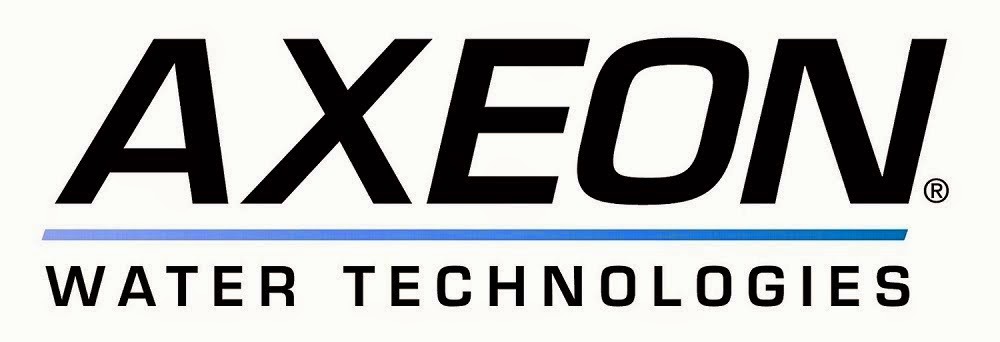Thursday, June 25, 2015
Pushing Water: How Reverse Osmosis Works
When you're considering an industrial reverse osmosis (RO) system for your company, you'll need to understand what sets it apart from other water purification systems on the market. First developed in the 1950s, reverse osmosis was initially used for water desalination. A lot of industries now use RO to ensure pure water for their facilities.
Monday, June 22, 2015
How Industrial Reverse Osmosis Benefit Metal Finishing Operations

Rinse water quality is essential in metal finishing. Excessive water hardness and high total dissolved solids (TDS) in the water can seriously impair coating performance. TDS are likely to be deposited on the metal parts during the rinsing process. Chlorides, sulfates, calcium, along with other minerals and chemicals can stick to the metal substrate as water evaporates. Water softening isn’t the solution because this merely replaces calcium and magnesium with sodium, which serves as the catalyst for premature corrosion, coating delamination, and other expensive coating failures. Additionally, these contaminants can result in huge waste water disposal during the recovery process. Most recovery technologies carry with it the drag-out from the bath process to the rinse water. The contaminants from this drag-out, in turn, accumulate levels high enough to cause bath chemistry failure and huge solution disposal.
http://www.industrialreverseosmosis.com/blog/how-industrial-reverse-osmosis-benefit-metal-finishing-operations.html
Subscribe to:
Posts (Atom)
